> aggregate(dat[, 3:7], by=list(dat$TRT), FUN=mean)
Group.1 DBP1 DBP2 DBP3 DBP4 DBP5
1 A 116.55 113.5 110.70 106.25 101.35
2 B 116.75 115.2 114.05 112.45 111.95
I wish to create a lines plot were the x-axis are the names (DBP1, DBP2, ..., DBP5).
It takes two seconds in Excel (I admit) and gives exactly what I want:

To be clear, the question is about getting the two rows of data into the plot, not about how they are displayed (i.e. with what line/point/color combination).



